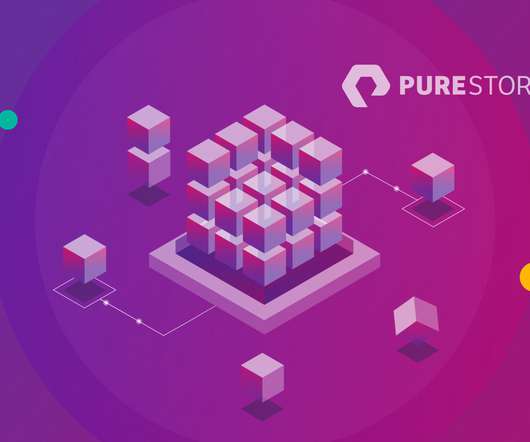SIA New Member Profile: NSG Life Safety
Security Industry Association
MARCH 28, 2024
We are manufacturer agnostic and have aligned ourselves with most major security product manufacturers. NSG stores all project material long before they are needed, collect, inventory, store and insure the materials. What is your company’s vision, and what are your goals for the security industry?


























Let's personalize your content